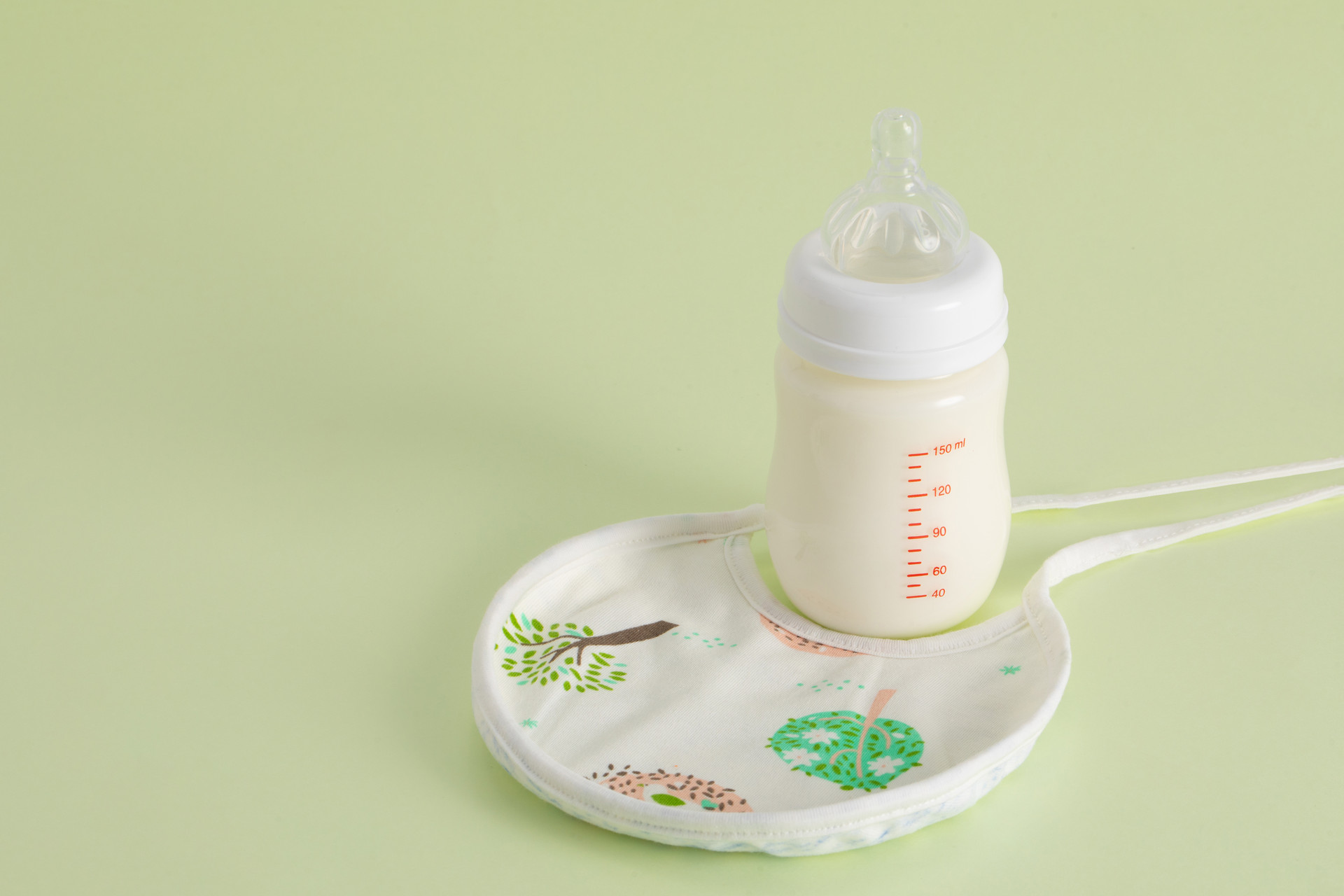Regardless of whether they have bow legs or not, they are the apple of their parents' eyes. However, mothers are still a little worried about the long-term effects on their children, as no one wants their child to have imperfections. So, experts are here to help you. Here are the details:
The Causes of Infant Bow Legs
1. Rickets in infancy
Rickets in children is mainly caused by a lack of vitamin D.
2. Poor lifestyle habits
During the growth and development of the skeletal system, it can be influenced by certain lifestyle habits.
How to Prevent Infant Bow Legs
1. Maintain correct sitting posture
Parents should avoid allowing their babies to sit in a W-shaped kneeling position and should correct any poor sitting postures. Encourage your baby to sit cross-legged, as tightness in the inner thigh muscles can cause leg deformities. You can also provide them with a small chair to reduce the impact of poor sitting postures on the leg shape.
2. Supplement with vitamin D
Since bow legs are mainly caused by a lack of vitamin D, timely supplementation of vitamin D or cod liver oil can effectively prevent the occurrence of rickets.
3. Maintain correct sleeping position
In general, it is safe and ideal for babies to adopt a side-lying position, alternating between both sides. This helps to maintain a beautiful head shape. When your baby is born, you can use a soft towel folded under their shoulder and neck. Change your baby's sleeping position every 2-3 hours, allowing them to lie on their side, back, or stomach alternately. This promotes the growth and development of their skeletal system.
4. Leg kicking exercises and stretching exercises
Encourage your baby to play kicking games during bath time or before bedtime, which helps to exercise the muscles at the back of the calves. For children with flat feet, this exercise can also help correct the arch of the foot.
Nutritional Principles for Infant Bow Legs
In fact, all infants appear to have bow legs, and the diagnosis of O-shaped legs is usually made after the child starts standing and walking. When you suspect that your child has bow legs, pay attention to providing them with enough calcium. When supplementing calcium, try to focus on dietary sources and consume foods high in calcium, such as bones, dried shrimp, bone broth, fresh fish, live shrimp, kelp, milk, and soy products.
Expert advice: If the angle of the baby's leg bend does not increase, but as the child grows older, other problems emerge, such as being slower in crawling and walking compared to normal children, or still frequently falling when walking at 2 years old, then it may be necessary to consider whether the child's gross motor development is lagging behind.
Moreover, a small number of babies with bow legs have them as a result of genetic factors. Traditional Chinese medicine emphasizes that if the parents themselves have slightly bow legs or O-shaped legs, it is normal for the child to have a similar condition and there is no need to panic.











